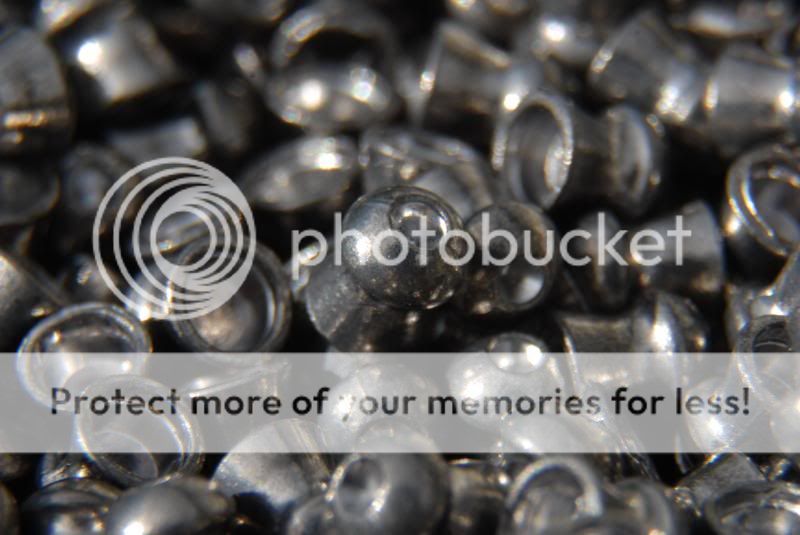I have a Nikon D5100 and two lenses: the kit Nikkor18-55mm f/3.5-5.6 VR and a Tamron AF 70-300mm f/4.0-5.6 VC. If I want to play around with macro using diopters (definitely can't afford another lens at this point), should I buy a 58mm set for the Nikkor lens or a 62mm set for the Tamron lens? Do diopters do better with shorter or longer focal lengths?
You are using an out of date browser. It may not display this or other websites correctly.
You should upgrade or use an alternative browser.
You should upgrade or use an alternative browser.
Which lens to buy diopters for?
- Thread starter zje4
- Start date
See if you can find a 58/62mm filter adapter and then buy a set of diopters to fit your 62mm front element. Then you can obviously use the adapter to mount them on the other lens as well.
Why not extension tubes?
-Xander
-Xander
- Thread starter
- #5
No "why not" to extension tubes, looking for a cheapo way to go macro  Are tubes considered better?
Are tubes considered better?
I'm using this telephoto lens: http://www.adorama.com/TM70300VUNK.html, so no macro switch.
I bought it for wildlife-type shots and the VC is absolutely great.
I'm using this telephoto lens: http://www.adorama.com/TM70300VUNK.html, so no macro switch.
I bought it for wildlife-type shots and the VC is absolutely great.
No "why not" to extension tubes, looking for a cheapo way to go macroAre tubes considered better?
Tubes don't add another piece of glass. They simply shift the focal point of the lens forward, so they act almost like a teleconvertor, but they do not introduce any noise or distortion of their own.
And while I'm sure there are some good add-on "diopters", all I've ever seen is cheap junk. (I put diopters in quotes because I've seen them in reference to expanded correction for the viewfinder to allow shooting without glasses)
But spend the extra for tubes with CPU contacts. You'll need to go manual focus, but the contacts will preserve your metering.
Without the contacts, best case (like the D7x00) you can input the lens parameters manually and basically shoot aperture priority.
A lower body like the D3x00/5x00, you're shooting full manual with no functional metering.
Another way you can go (but you're still running manual) is to:
1) Get a body cap and the cheapest filter you can find.
Pop the glass out (some of the eBay filters do this for you when you open them).
Glue the filter ring to the body cap with JB Weld (threaded side away from the cap)
Cut the cap open, thread onto your lens, and mount the lens "backwards" to the body.
2) Get a macro adapter... it's basically two filter rings back to back.
That allows you to screw a 2nd lens (reversed) onto the front of the one mounted to the camera.
Last edited:
The downside to tubes is you lose infinity focus. But they are easy to figure out your magnification ratio though, length of tube/focal length of lens=magnification ratio.
Plus they can make truly terrible lenses useful again...case in point: the following was shot with the universally deplored Tamron 28-105/2.8 and I believe about 40 mm of tubes. They use the center of the lens and you don't get the soft edges anymore.

Shot with Nikon D200, manual mode, non-cpu tubes.
-Xander
Btw, if using auto spell correct and typing Tamron, be sure to go back and change it, lol
Plus they can make truly terrible lenses useful again...case in point: the following was shot with the universally deplored Tamron 28-105/2.8 and I believe about 40 mm of tubes. They use the center of the lens and you don't get the soft edges anymore.

Shot with Nikon D200, manual mode, non-cpu tubes.
-Xander
Btw, if using auto spell correct and typing Tamron, be sure to go back and change it, lol
Btw, if using auto spell correct and typing Tamron, be sure to go back and change it, lol
Really?



